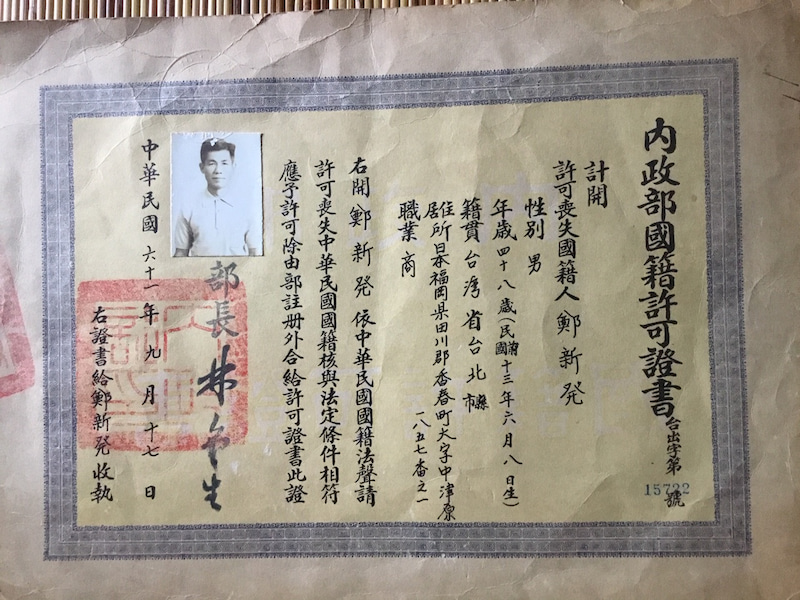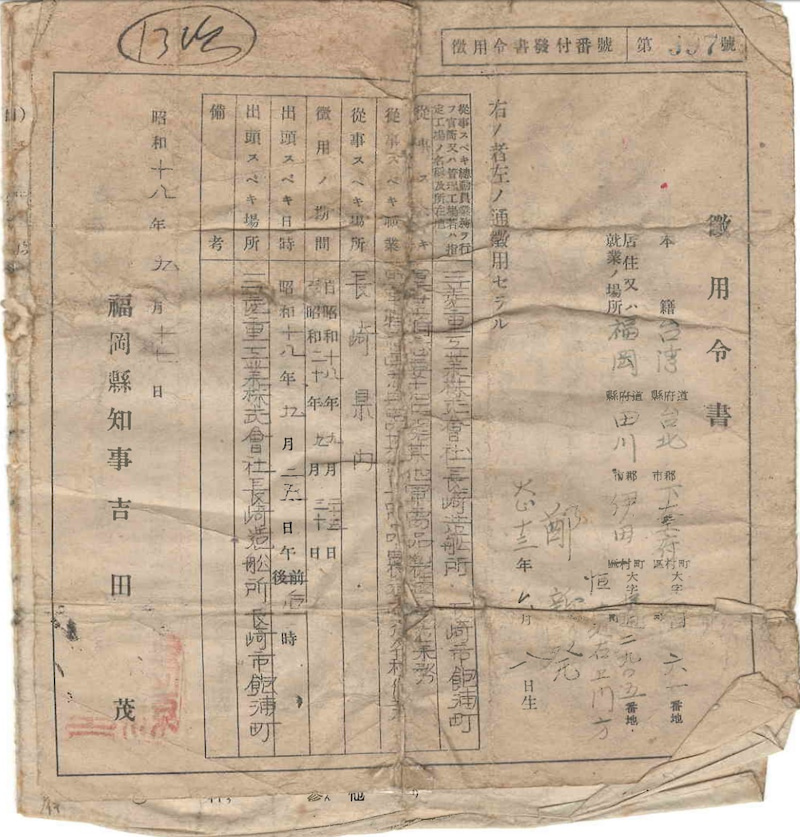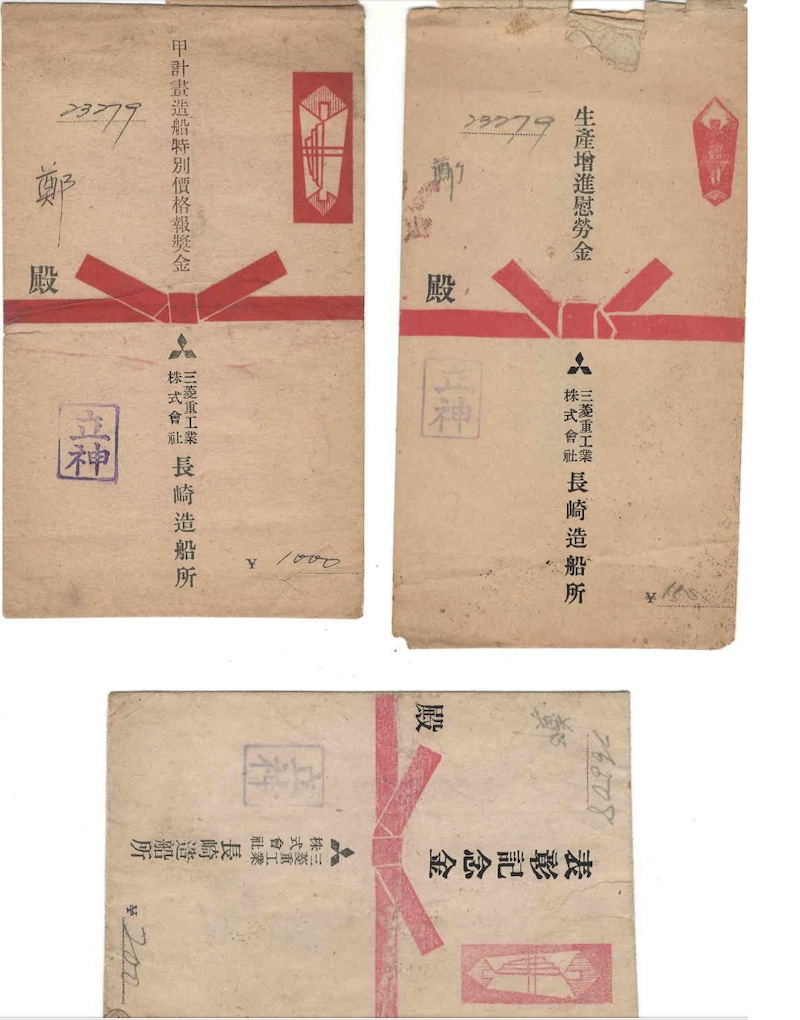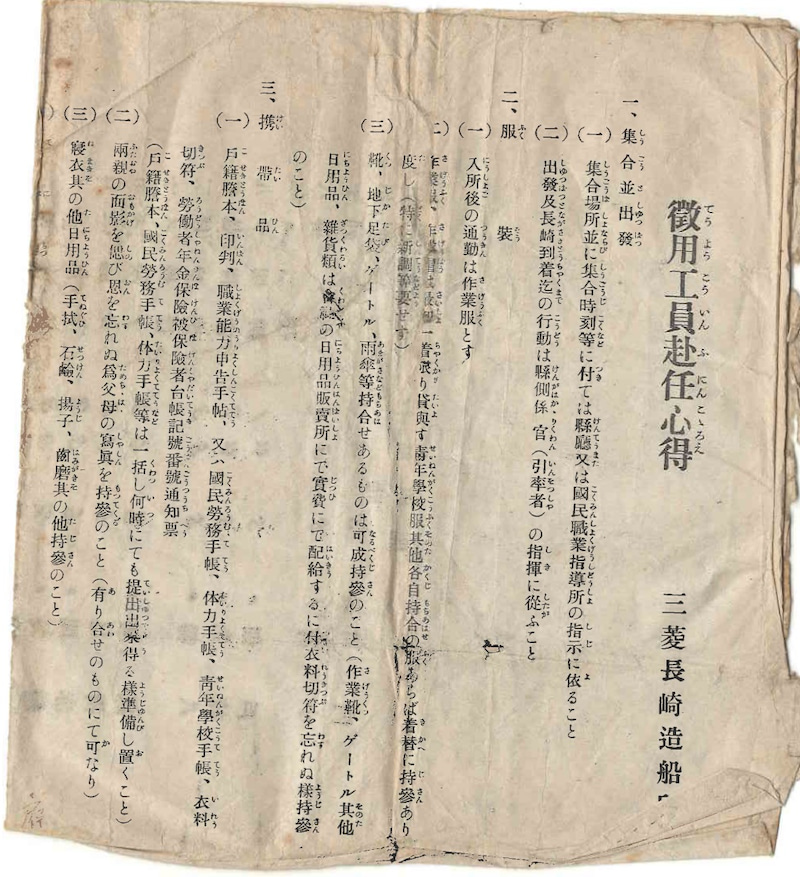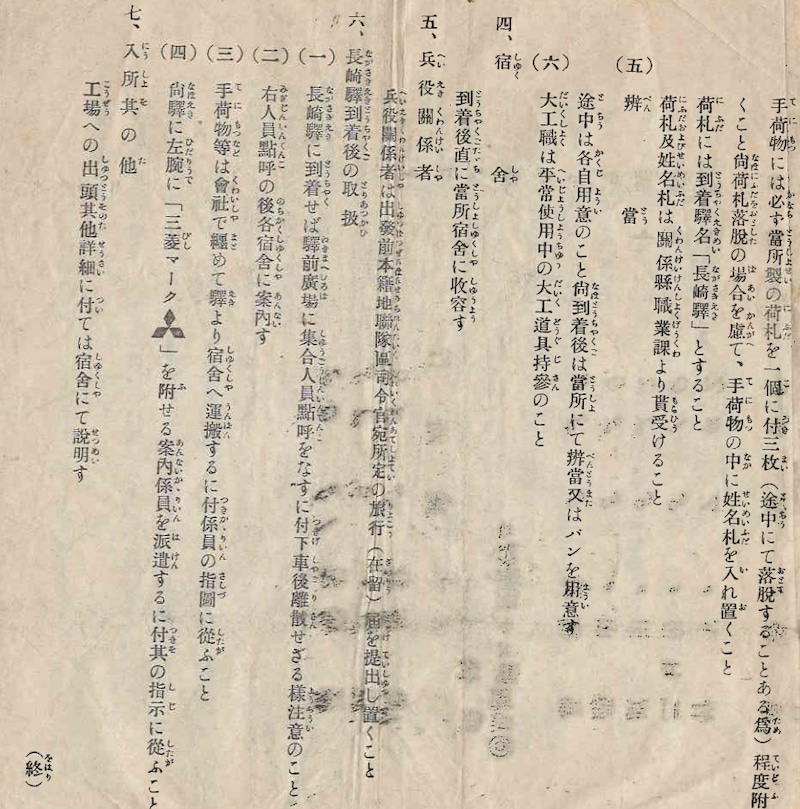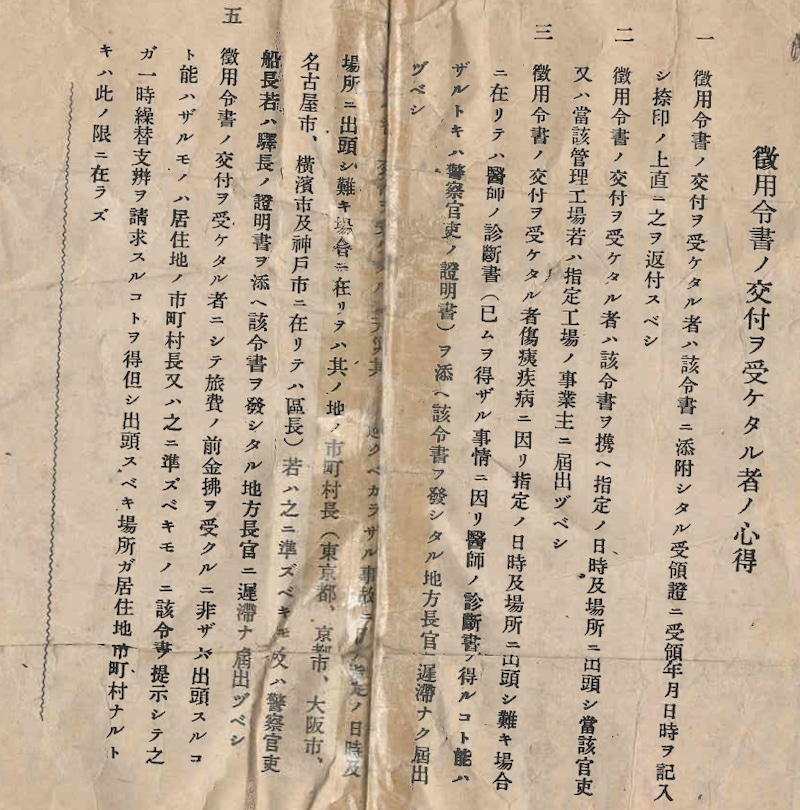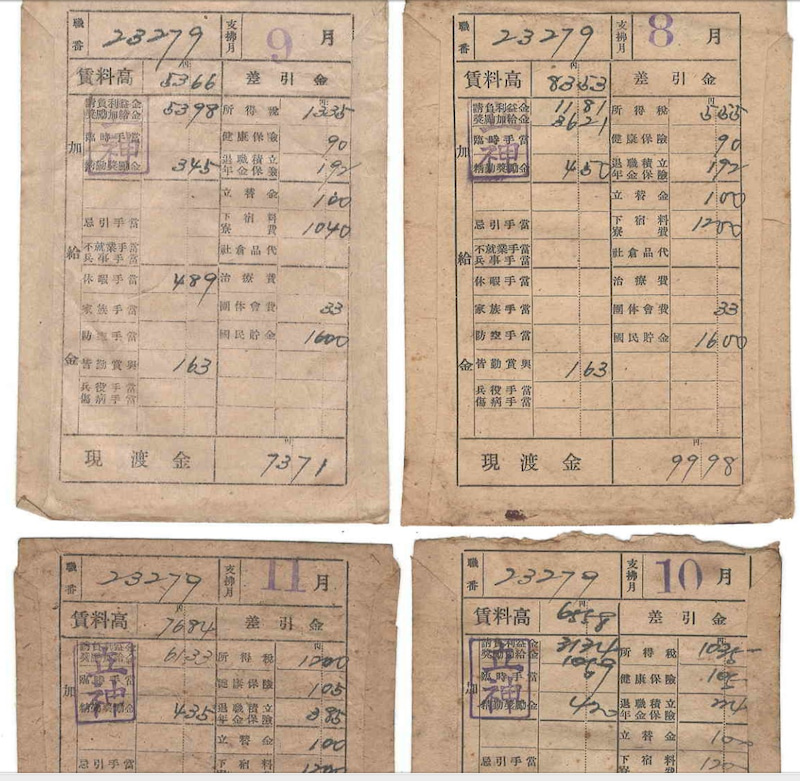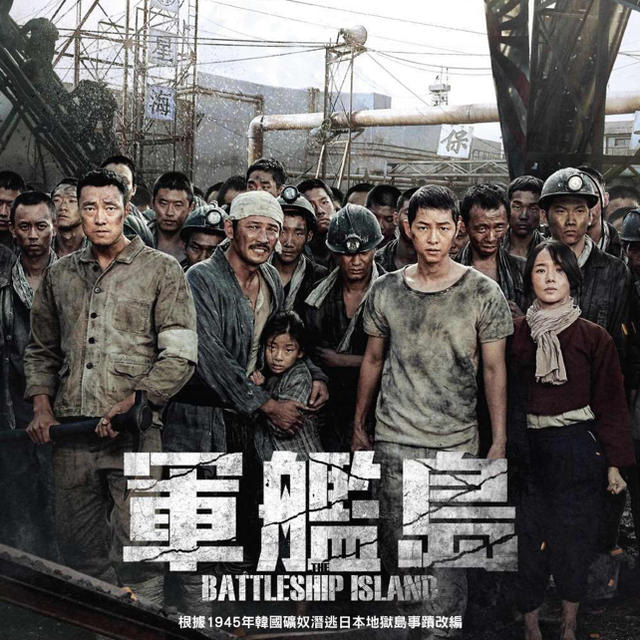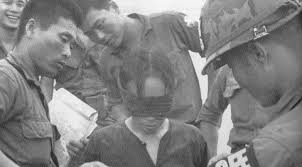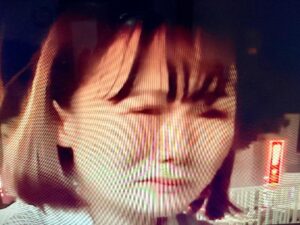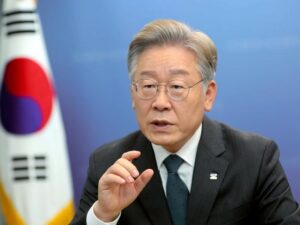Kenjin Tsunezaki, Vice President, National Council on Educational Issues, Tokyo, Japan
A surprising fact: Not only salaries, but also bonuses, incentives, and various allowances were properly paid without discrimination.
In the so-called conscription issue, the Korean side claims that Koreans at that time were mistreated and unfairly discriminated against.
In the Korean movie “Gunkanjima” (directed by Yoo Seung-wan, 2007), Korean boys who were “forcibly conscripted” are depicted as being forced to work under poor conditions, but this can only be thought of as a product of Korea’s signature delusion and fabrication. Why?
The Chinese version of the Korean film “Gunkanjima” (2017 / Director: Yoo Seung-wan), which is all about fabricated history.
My father was born in Taiwan and was drafted by Japan. Looking at documents from the past, a surprising fact emerges.
My father, Zheng Xinfa, was born on June 8, 1924 in Taipei, Taiwan.
He was the fourth son of Zheng Neigen (born February 7, 1889, died September 6, 1934) and Li Shu (born October 8, 1894, died June 17, 1925). As can be seen from his surname, his father’s family was proud of being a family member and descendant of Zheng Cheng, the Taiwanese hero of Chikamatsu Monzaemon’s famous Kokuseiya Gassen (father was Chinese Zheng Shilong, mother was Japanese Tagawa Matsu of Hirado, Nagasaki), and he never became a naturalized Japanese until his death.
My father’s nationality permission certificate (family registration certificate)
Since his mother died when he was two years old and his father died when he was eleven, he worked for a relative in the shoe manufacturing business in Taipei, Taiwan, after leaving high elementary school.
When he was sixteen, Kyuemon of the Tsunesaki family, who runs a western goods store and other businesses in Tagawa City, Fukuoka Prefecture, came to Taiwan to buy shoes, which led him to visit Japan and work as a clerk there.
(1) In 1943, the governor of Fukuoka Prefecture sent a draft order to his Taiwanese father, Shinpatsu Chung.
The draft order came on September 17, 1943, and on September 25 of the same year, he went by train to the Nagasaki Shipyard of Mitsubishi Corporation to work there. The Nagasaki shipyard had a payroll bag until July 1945.
On August 9 of the same year when the atomic bomb was dropped, I was exposed to the bomb while welding the tanks of the ship early in the morning because the other workers were not in good shape. Luckily, I was in a tank at the bottom of the ship, which gave me nine lives.
He was lucky to be in a tank at the bottom of the ship and lived to see his death. The explosion was so loud that he was deaf for several minutes, but he suffered no after-effects of the atomic bombing until he was over seventy-eight years old, and he worked every day in good health.
Even his Taiwanese father, Chung Shin-ha, was given the same consolation money and commendation commemorative money at Nagasaki Shipyard and Machinery Works as the Japanese. The Korean side’s claim has been proven to be totally false.
After the war ended, my father became independent around 1950 and married Tokue (born April 23, 1927), the sixth daughter of the Tsunesaki family. Until his death at the age of 79, he ran a successful and active machinery recycling business called Zuiho Shoten.
After being hospitalized and fighting the illness for about a month or so, he passed away on August 17, 2003, from liver and kidney disease. The cause of his sudden onset of liver disease remained unknown. There was a possibility that it was an aftereffect of the atomic bombing of Nagasaki, but he had been in good health all his life and had been adamant that he did not need to receive the A-bomb certificate or radiation exposure allowance, even though people around him had suggested it.
He had two sons and three daughters (the author was one of them), all of whom went to college, and 13 grandchildren. He passed away under the watchful eyes of his entire family. This year marks the 17th anniversary of his death.
He did not open up much about the Nagasaki Shipyard, where he was recruited, or about the work done to lay the keloided bodies of those who died after the bombing. However, I remember that he told me before his death that he received not only salary but also group attendance awards and bonuses, and that he worked well with the Japanese workers with whom he worked without discrimination.
My father was proud to have worked at the Nagasaki Shipyard and Machinery Works, and when he was praised by suppliers for his excellent welding skills in the machinery and electrical appliance recycling business, he would always say, “I learned those welding skills at the Nagasaki Shipyard and Machinery Works, where Mitsubishi Heavy Industries made warships.
Even my Taiwanese father, Chung Shin-ha, was given the same benefits and commendation money at the Nagasaki Shipyard & Machinery Works as his Japanese counterparts.
As someone who knew such a father, the claims of Koreans and the Korean government are not at all clear to me. Before the war, Japanese companies paid salaries, bonuses, and rewards to Taiwanese and Korean conscripts without any discrimination at all. Since the work of the national government is uniform, there is no such thing as regional differences. The only differences were between the colony of Taiwan and Chosun, which was an integral part of mainland Japan, as well as differences in work proficiency and length of service.
However, Koreans and the Korean government, especially the Moon administration, are fabricating history and extorting reparations by saying that they discriminated against us and that we were used like slaves.
However, even sensible Korean scholars have published detailed research results showing that this is a Korean fabrication. Lee Woo-yeon, 52, a researcher at the Naxiongdae Economic Research Institute, exposed South Korea’s lies at the UN Human Rights Council over the “ex-conscripts” issue. He opposes the bizarre “anti-Japanese nationalism” of the Moon Jae-in administration and argues that “restoring the truth of history will lead to improved relations between Japan and South Korea.
Lee has been researching the wage system and other labor conditions of Korean workers, including former conscripts during the war, and has found from various documents that the Korean side’s claims are completely different from historical facts.
(2) The “Guidelines for Conscripts” prepared by the Mitsubishi Nagasaki Shipyard & Machinery Works. It was distributed to all conscripts together with the conscription order.
A symposium of the UN Human Rights Council was held this July at the UN European Headquarters in Geneva, Switzerland. Lee refuted Korean claims that workers from the Korean Peninsula were “discriminated against” at the Hashima Coal Mine (commonly known as Gunkanjima) in Nagasaki City, as follows.
Most Korean laborers went to Japan to work of their own volition. There was no ethnic discrimination in terms of wages.
Lee’s assertion is proven correct by his father’s testimony and the Nagasaki Shipyard’s payroll bags and statements.
▲3) Paychecks given to his Taiwanese father, Chung Hsin-ha, were exactly the same as those given to Japanese workers.
After returning to Japan, Lee was attacked and even spat on as a “traitor” and “pro-Japanese bastard,” but Lee’s claim is the truth of history.
Koreans are so consumed with resentment that they do not reflect on the inadequacies, failures, and infighting of their government and leadership.
When Korea was about to become a colony of Russia or China, it cried out to Japan to annex it. However, before long, that history has been distorted, and only the negative aspects have been exaggerated, and anti-Japanese movements have been launched.
In this way, it can be said that the fabrication of South Korean history and distorted historical education are responsible for the deterioration of relations between Japan and South Korea, and that the Asahi Shimbun, anti-Japanese media, and opposition parties that follow South Korea’s claims are also largely to blame.
I would like to add some explanations while looking at the documents left behind by my father.
The draft order and the salaries, incentives, and bonuses that were properly paid.
Figure 1 is a draft order. It is dated September 17, 1943, and the governor of Fukuoka Prefecture at that time was Shigeru Yoshida (a different person with the same name as the former prime minister). The details are as follows,
The name and location of the government-operated or controlled factory or designated factory where the general manpower operations to be engaged in are to be carried out” (modernized kana). Nagasaki Shipyard & Machinery Works of Mitsubishi Heavy Industries, Ltd.
●●●● (illegible) and manufacture of other munitions” as “occupation to be engaged in”.
“Nagasaki Prefecture” for “place of employment.”
“Period of recruitment” is “from September 25, 1943 to September 30, 1945.”
“Date and time of appearance: 1:00 p.m., September 25, 1943.”
The place where you should appear is Nagasaki Shipyard and Machinery Works of Mitsubishi Heavy Industries, Ltd.
Nagasaki City, Nagasaki.
Figure (2)” is a guide to the conscripts’ assignment. It was prepared by Mitsubishi Nagasaki Shipyard and distributed to all conscripts together with the requisition order. It is a kind of work manual of the time.
The manual contains notes on “assembly and departure,” “clothing,” “personal belongings,” “quarters,” “military quarters,” “handling after arrival at Nagasaki Station,” and “entry and other matters,” each with detailed regulations.
For example, in the “Assembly and Departure” section, it states “(2) All activities prior to departure and arrival in Nagasaki shall be under the direction of the prefectural officer (leader). (5) Lunchboxes” in the “Personal effects” section states, “(i) Each participant must prepare his/her own lunch on the way to Nagasaki. After arrival in Nagasaki, the office will provide lunch boxes or bread.
Figure (3)” is a pay bag. The author’s father, Mr. Shinpatsu Chung, was commissioned at the Nagasaki Shipyard & Machinery Works, and in addition to his salary, he was also paid group attendance awards, bonuses, and other rewards.
Taking April 1945 as an example, the salary bag contained the following: rent of 85.43 yen, 60.25 yen for contract profit and incentive bonus, zero temporary allowance, 4.50 yen for incentive bonus, zero family allowance, zero bereavement allowance, zero non-work allowance, zero military affairs allowance, zero vacation allowance, zero family allowance, zero air defense allowance, 1.7 yen for full-time attendance The deductions were: income tax of 16.5 yen, health insurance of 10.5 yen, retirement savings pension insurance of 3.85 yen, advances of 1 yen, boarding and lodging fees of 12 yen, medical expenses, group membership fees of 34 yen, and national savings of 17 yen, for a total of 51.29 yen. The total is 51.29 yen, and the cash on hand is 116.10 yen.
In December 1944, when bonuses were paid, the amount of cash on hand was 134.35 yen.
In today’s terms, the amount is around 200,000 yen. This is not a low amount.
This clearly shows that sufficient salaries were paid.
Distorted view of history in South Korea; the difference between Taiwan, the world’s most pro-Japanese country, and South Korea, the world’s most anti-Japanese country
Why is Taiwan the most “pro-Japan” country in the world and South Korea the most “anti-Japan” country in the world?
As symbolized by the Hatta Dam (also known as the Wusantou Dam, construction of which began in 1920 and was completed in 1930), the people of Taiwan have not forgotten the debt of gratitude for the infrastructure investment they received during the Japanese colonial period. With its inclusion in textbooks, all Taiwanese, young and old, know about the Hatta Dam and Mr. Hatta.
The following words of former Taiwanese President Lee Teng-hui sum it up beautifully regarding the Hatta Dam.
If one were to name a Japanese person who has made a contribution to Taiwan, perhaps the first person to be mentioned, although many Japanese do not know it, should be engineer Yoichi Hatta, who spent 10 years from 1920 to 1920 building the Chianan Dashu (a river and irrigation canal in the earth’s context).
He built a wonderful dam and various large and small water channels in the Chianan Plain, which stretches from Chiayi to Tainan in southern Taiwan, making nearly 150,000 hectares of land fertile and enriching the lives of about one million farmers.
Unlike Korea, Taiwan still expresses gratitude to Japan for building roads and the foundation of school education in addition to dams, and correct historical education is provided by including the information in textbooks. Before the Japanese occupation, the literacy rate in Taiwan was only a dozen percent, but by 1945 it had risen to nearly 60 percent.
Such contributions by Japan have been similar or even more so for Korea. In the case of Korea, the aristocratic Ryouban and Confucian scholars at the time favored Chinese characters and rather made fun of the Hangul alphabet, but teachers posted from Japan encouraged the use and education of the Hangul alphabet, the equivalent of the Japanese hiragana and katakana, and the spread of the alphabet was accelerated. However, Korea is now hiding this fact, claiming only that they were forced to learn Japanese by Japan.
Literacy rates in Taiwan, South Korea, and North Korea, which were ruled by Japan, have risen sharply since then, while literacy rates in Vietnam, Cambodia, Myanmar, India, and Indonesia, which were colonies of France, Britain, and the Netherlands, remained at around 10 percent from around 1900 to 1945. There has been little change in literacy rates. These figures show how well Japanese rule had been implemented.
The difference between Taiwan and Korea can also be clearly seen in the donations collected after the Great East Japan Earthquake. Taiwan’s population is only 23.59 million, but its donations to Japan and to the affected areas reached nearly 30 billion yen, making it the world’s largest donor. On the other hand, in South Korea, where the population is more than twice as large (50 million), it was reported that 4.3 billion yen was collected, but only about 3.2 billion yen was actually delivered to the Japanese Red Cross Society. What does this difference mean?
In South Korea, the public is not informed at all about the enormous infrastructure investment Japan made in the Korean peninsula. This is despite the fact that the Suipung Dam, which was the largest in the East at the time, the fertilizer plant in Heunam, and the list goes on and on.
The Sankei Shimbun (August 4, 2010) once wrote an article about Japanese assets left in the Korean Peninsula and North Korea.
Prewar Japanese “Assets” Left in North Korea, Including Dams and Factories Developed in the Prewar Period, Amounting to 8 Trillion Yen
As of August 15, 1945, GHQ (General Headquarters of the Allied Powers) estimated that Japan’s prewar assets on the Korean Peninsula amounted to 89.12 billion yen (at that time, the exchange rate was 15 yen to the dollar). Of this amount, 46.22 billion yen was left to North Korea, which is more than 8 trillion yen in today’s terms.
Japan developed the northern part of Korea mainly as an industrial zone and the southern part, which is now South Korea, as an agricultural zone. In the northern part of Korea, Japan focused particularly on developing the Yalu River system as a power source.
The plan was first conceived by Kazuo Morita, an electrical engineer, and Yutaka Kubota, a civil engineer. In 1924, while looking at a 1:50,000 scale map of the Korean peninsula, both men thought, “If we drop the water from the Yalu River into the Sea of Japan in the opposite direction, we could obtain a huge amount of electric power. This idea focused on the steep slope of the eastern side of the Korean peninsula.
When I brought this plan to the attention of Mr. Jun Nozawa, president of Nippon Nitrogen Fertilizer, a major electrochemical company, he agreed, and with his financial support, the development of a power source in northern Korea began. North and South Koreans have little knowledge of the fact that the Suifung Dam was built by Japan and the contribution of Mr. Jun Nozaki. This is in stark contrast to Taiwan, where Hatta Yoichi is mentioned in textbooks, Hatta memorial performances are created, and a memorial service is held every year.
Korea is in the position of a defeated country that fought alongside Japan, and despite the fact that it was able to gain independence and establish itself as a nation on a shelf thanks to the United States, it acts as if it is a victorious country and continues to distort and fabricate history through historical education, the comfort women issue during the period of its rule, and the conscription issue.
In recent years, they have even produced a completely false and fabricated movie called “Gunkanjima. It has also been discovered that textbooks in South and North Korea contain false pictures of so-called conscripts. Naturally, unlike Taiwan’s Hatta Dam, the textbooks do not include any mention of their contributions to the construction of infrastructure such as the Suifung Dam and the fertilizer plant in Hsingnam.
After the restoration of diplomatic relations between Japan and the DPRK, the Moon administration has decided that Japan will provide economic cooperation assistance when the Korean Peninsula is reunified. However, as we have already mentioned, the scale of Japan’s prewar assets in North Korea is far from satisfactory.
Just because Japan was the former sovereign nation of Korea and South Korea does not mean that it has to take care of them all.
Japan continues to educate young people born after World War II about the wrong history by distorting and falsifying history, including the issue of Takeshima, which is Japan’s inherent territory.
Lying is a virtue in Korea, where there is a saying, “If you keep on lying, you will get a thousand pyeong of rice paddies.
However, there are many things that Japan should reflect on, as there are also causes on the Japanese side that have contributed to the growth of South Korea. Specifically, it is the responsibility of not correcting the anti-Japanese media (TV Asahi, Mainichi, and TBS), led by the Asahi Shimbun, and the anti-Japanese history education provided by the Japan Education Association.
In particular, it is responsible for the birth of the “Neighboring Countries Clause” (which requires that necessary consideration be given to the handling of modern and contemporary historical events with neighboring Asian countries from the perspective of international understanding and international cooperation), which was triggered by the Asahi Shimbun’s textbook misinformation issue (in 1982, it incorrectly reported that “invasion” of North China had been replaced with “expansion”), and the military comfort women issue. The birth of the “Japan-U.S. Relations” (a term used in Japan to refer to the handling of modern and contemporary historical events between neighboring Asian countries) and the fabrications of history spread around the world regarding the comfort women issue are prime examples. The Japanese government and the Japanese people have failed to educate the world about the facts of Asahi’s falsehoods, without compensating Asahi for its damages and still without letting it cease publication or go bankrupt.
Because of Asahi’s false report, many Koreans still believe that the comfort women and conscripts were forced to work as conscripts.
Japan must use the “White Country” exemption as an opportunity to thoroughly pursue the Asahi Shimbun for its past falsehoods and urge it to reflect on and correct its past misinformation.
In that sense, Japan should finally, based on correct historical facts, do what needs to be said, refute and counter the numerous historical obscurations and fabrications and unreasonable demands for compensation that South Korea has made up to now. We may, on the contrary, express our gratitude to the Moon administration for creating the opportunity to do so and for serving as a role model. Japan must no longer allow South Korea to move the goalposts arbitrarily. The prime minister and ministers should attend the Takeshima issue and the Takeshima Day ceremony, not just the political officer level, and demand the return of Takeshima to South Korea.
In Korea, there is a saying, “A child who cries will get an extra piece of rice cake,” as well as, “If you tell a lie, you will get a thousand tsubo of beautiful rice paddies,” and “Dig a well together and drink alone.
On the other hand, in Japan, parents teach their children that “a lie is the beginning of a thief. This difference may well describe the current relationship between Japan and Korea.
Kenjin Tsunezaki
Born in Fukuoka Prefecture in 1958, Tsunezaki graduated from the Department of Mathematical Engineering, Faculty of Engineering, Keio University in 1981. He spent about ten years in the U.S. and Israel as a journalist, doing research and investigative reporting on high-tech, religion, and international relations. After returning to Japan, he started an IT-related venture company that acquired various patents for touch panels, flat speakers, and other products, and conducted mergers and acquisitions with listed companies. In addition, he has been involved in educational revitalization activities and activities to promote friendly relations between Japan and Taiwan. In particular, as vice president of the National Council on Educational Issues, he was instrumental in the 1999 legislation of the Hinomaru and Kimigayo and the 2006 revision of the Fundamental Law of Education, which stipulates moral education. Currently, he is the Representative Director of TEI, Inc.
